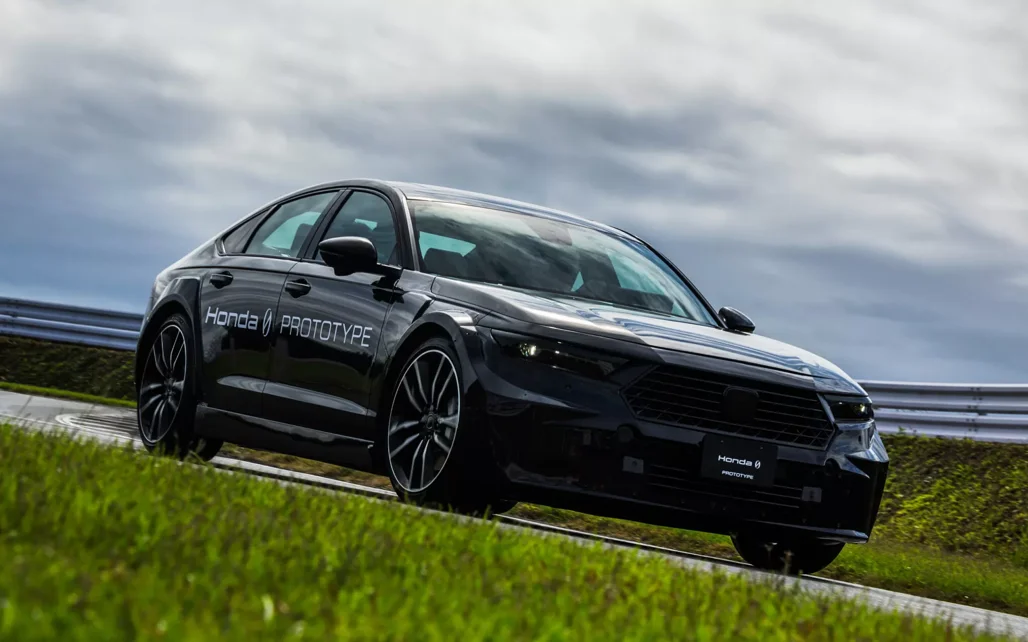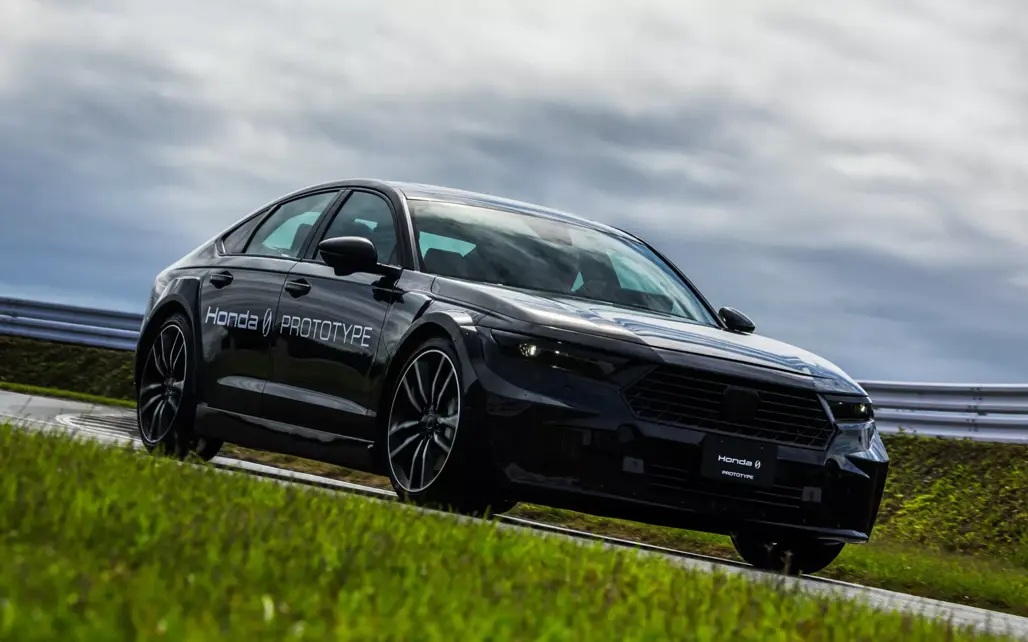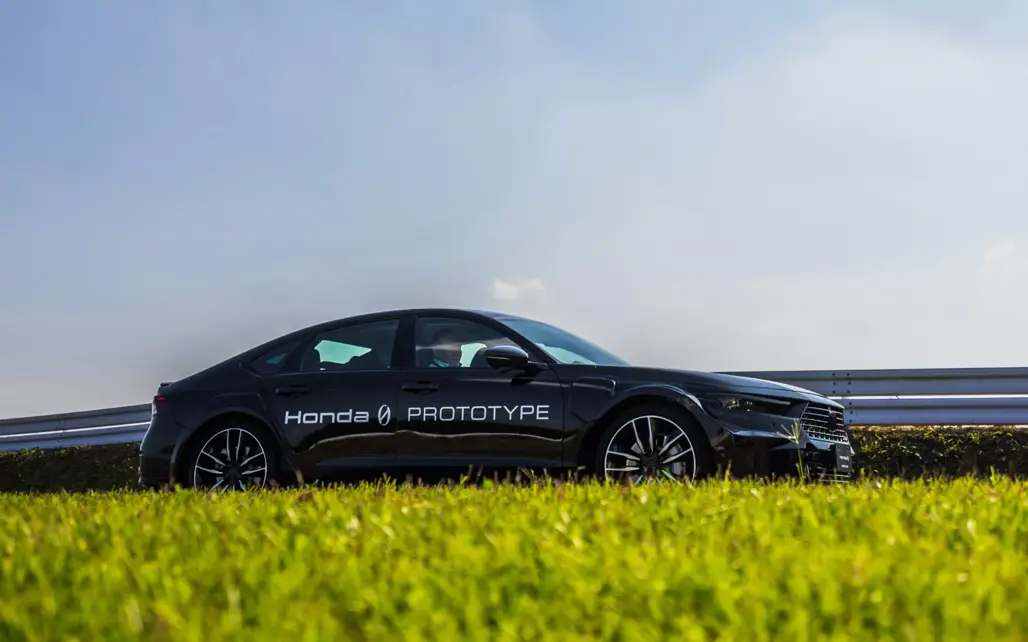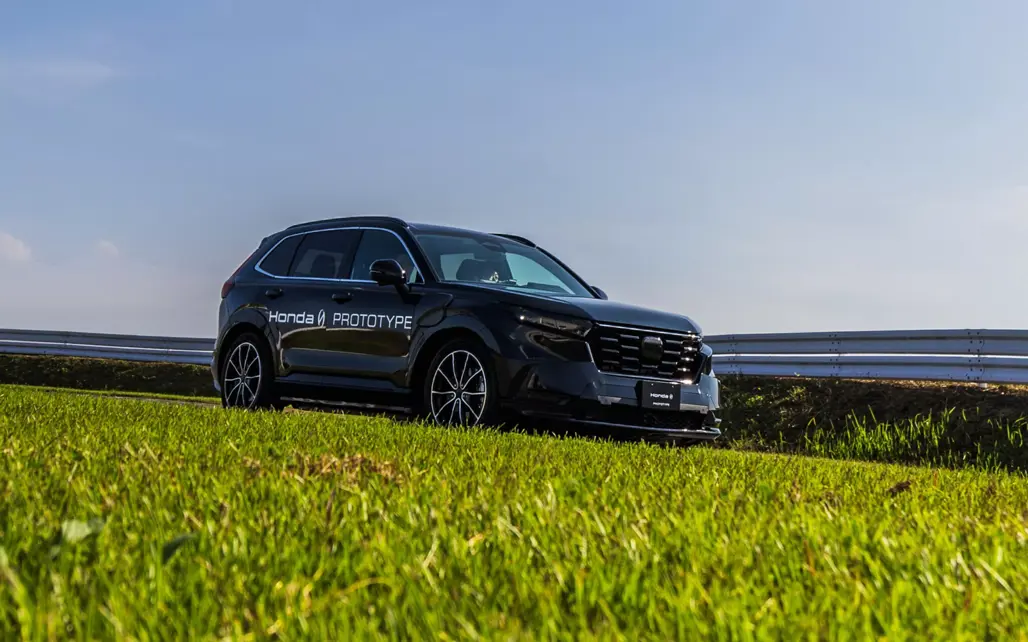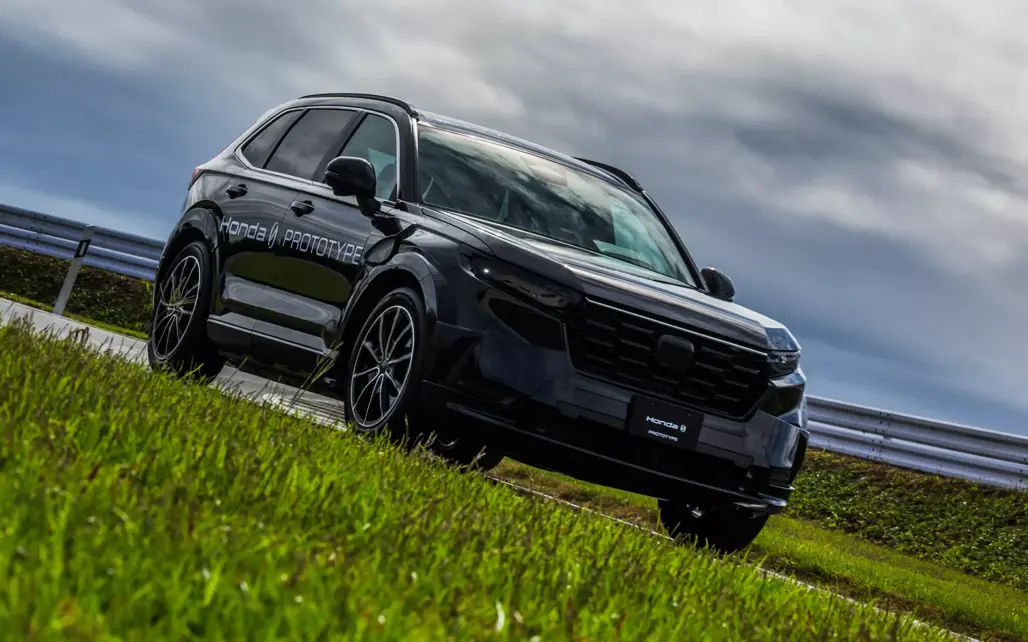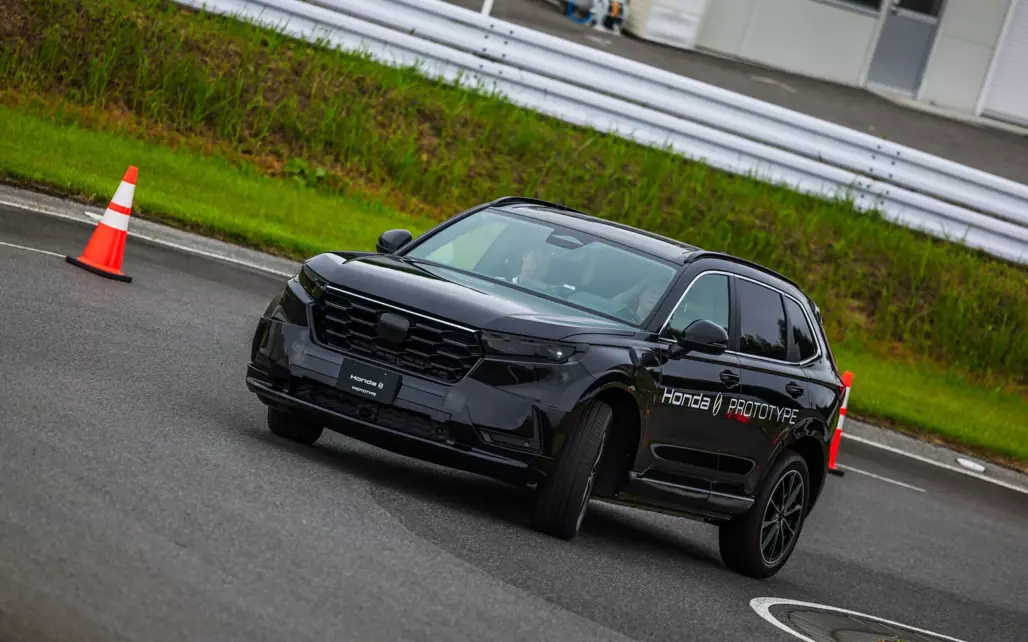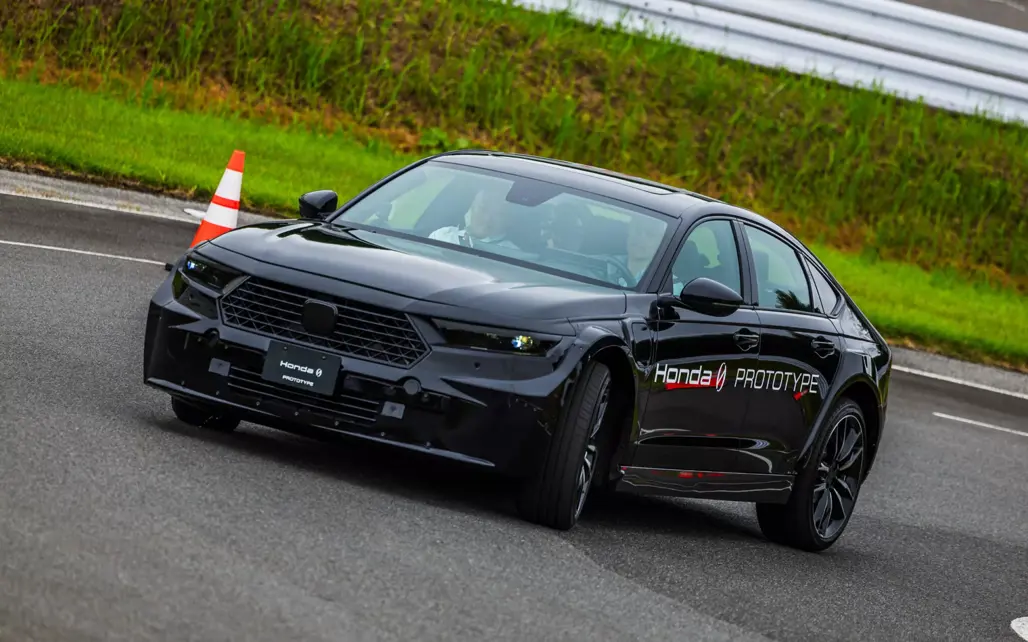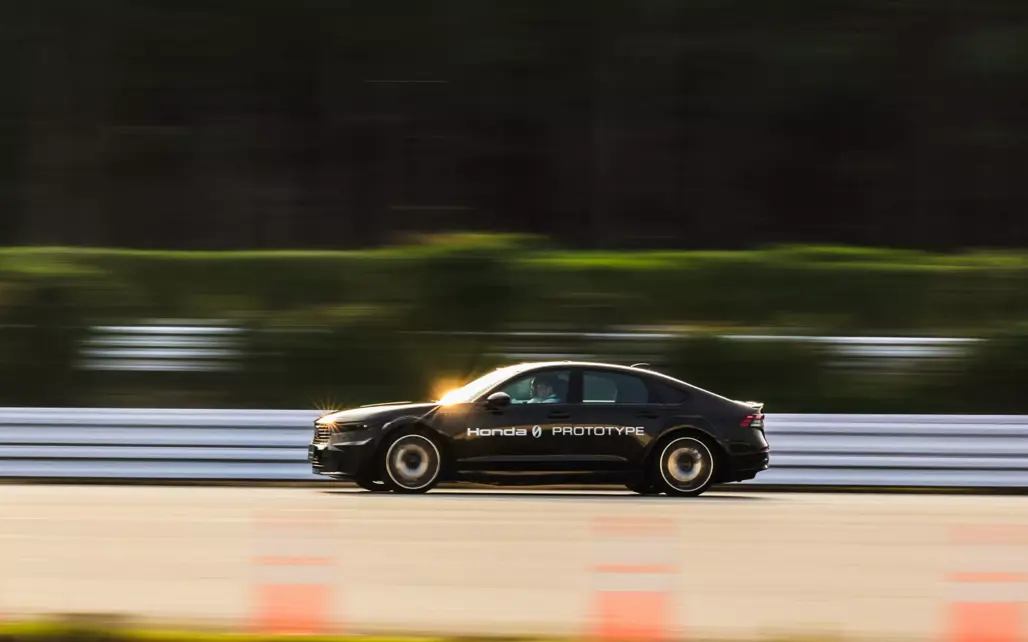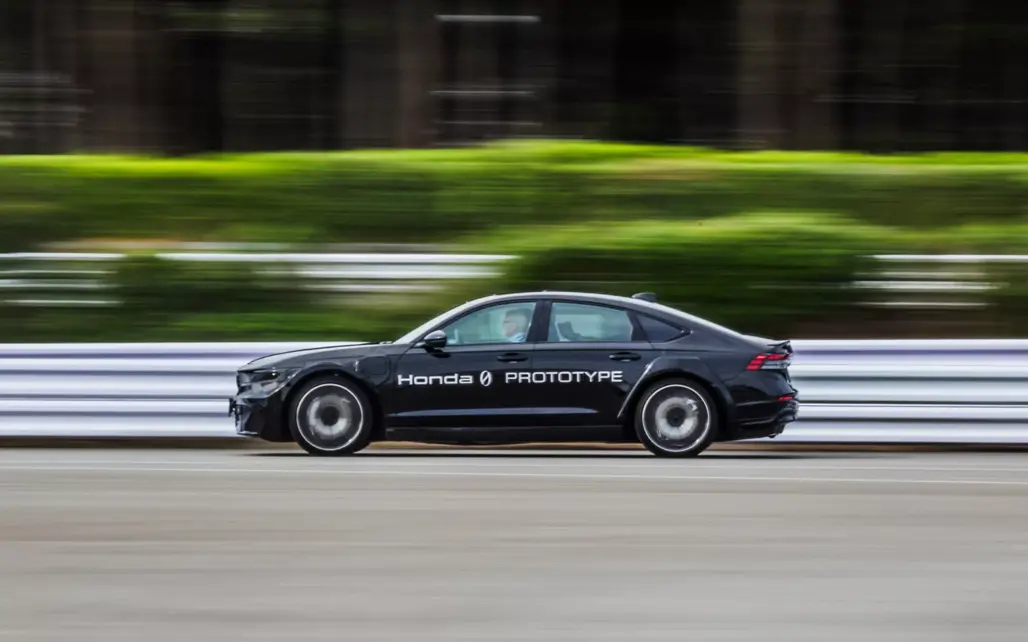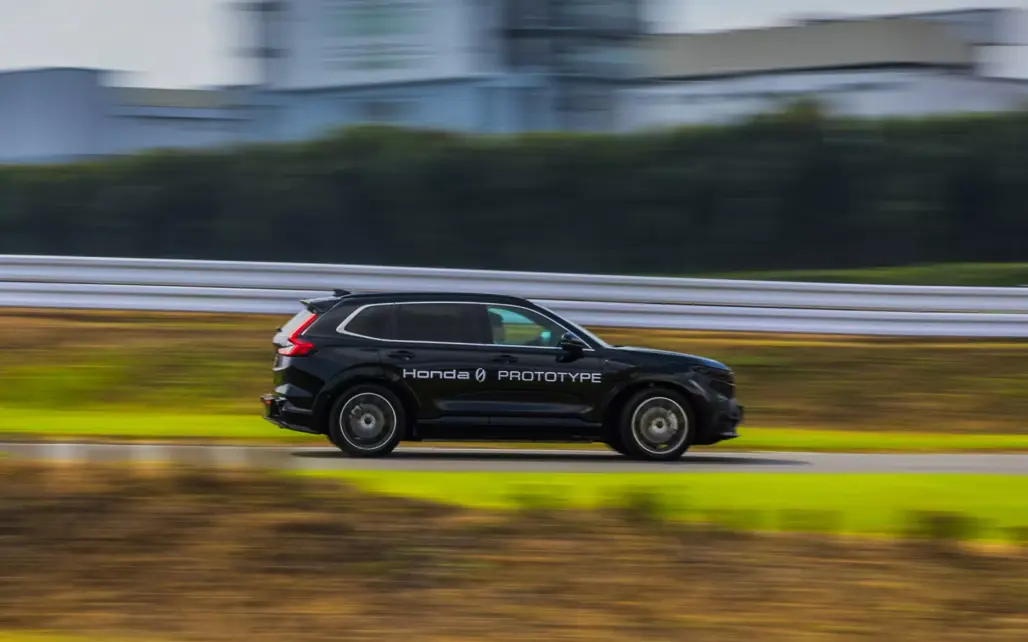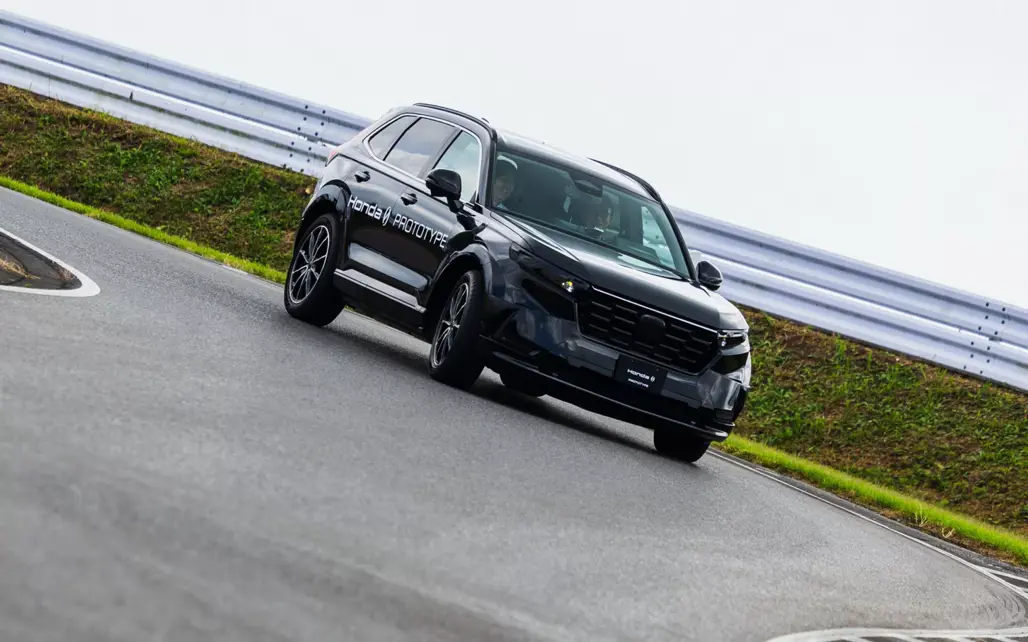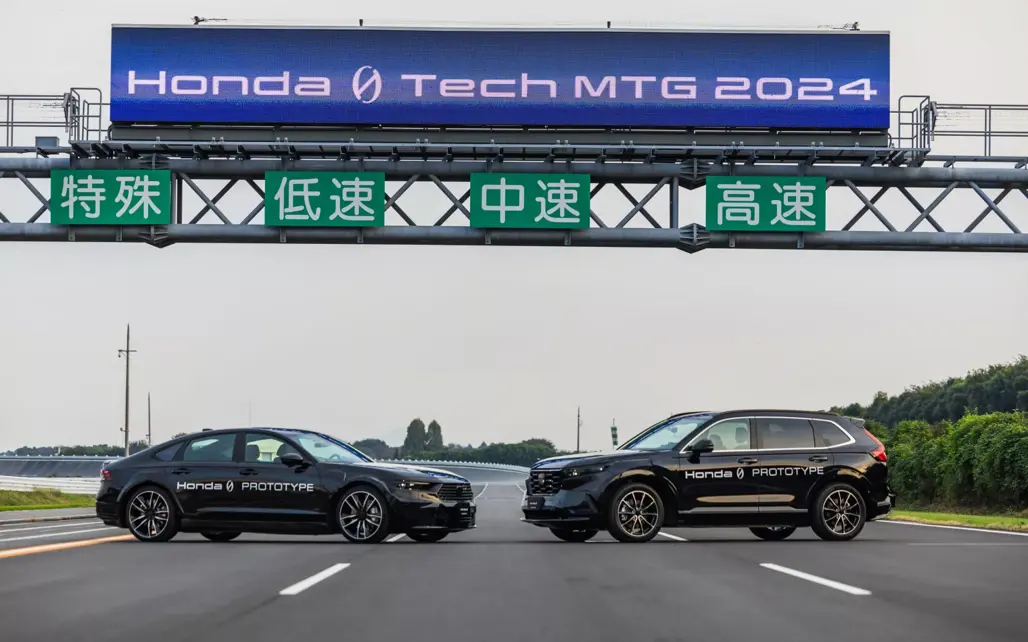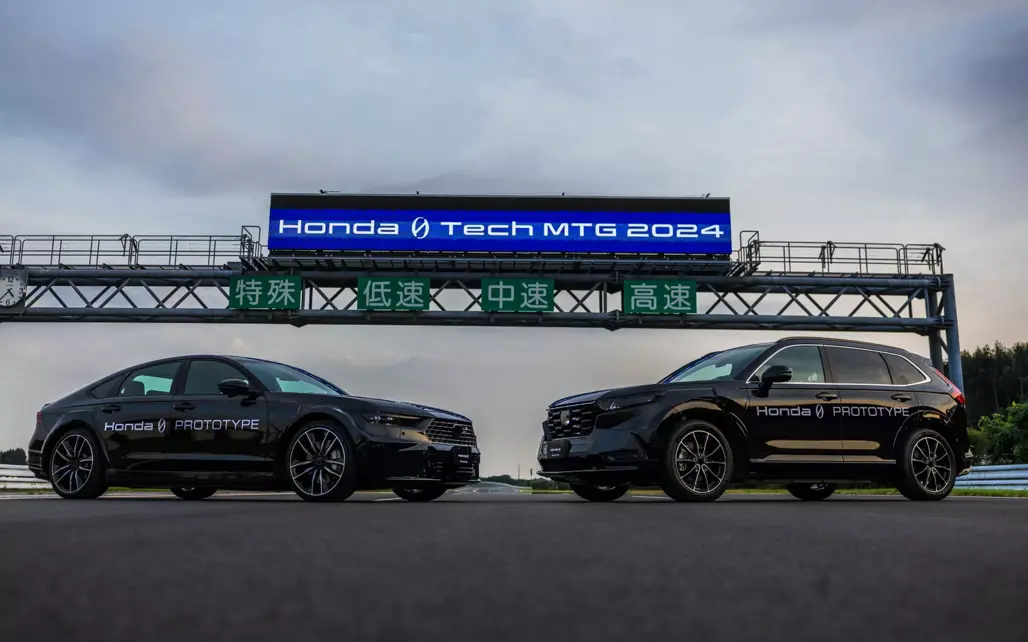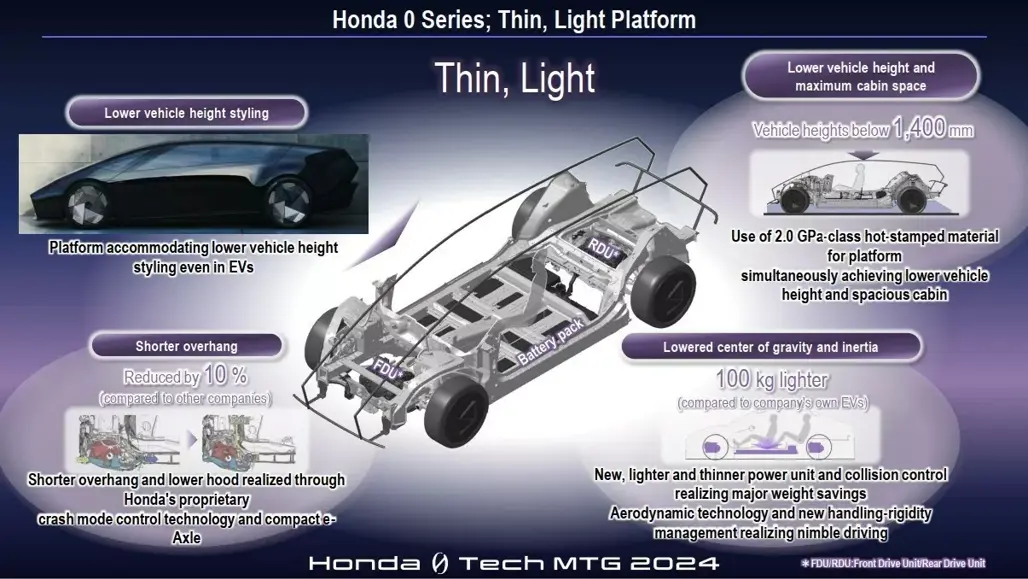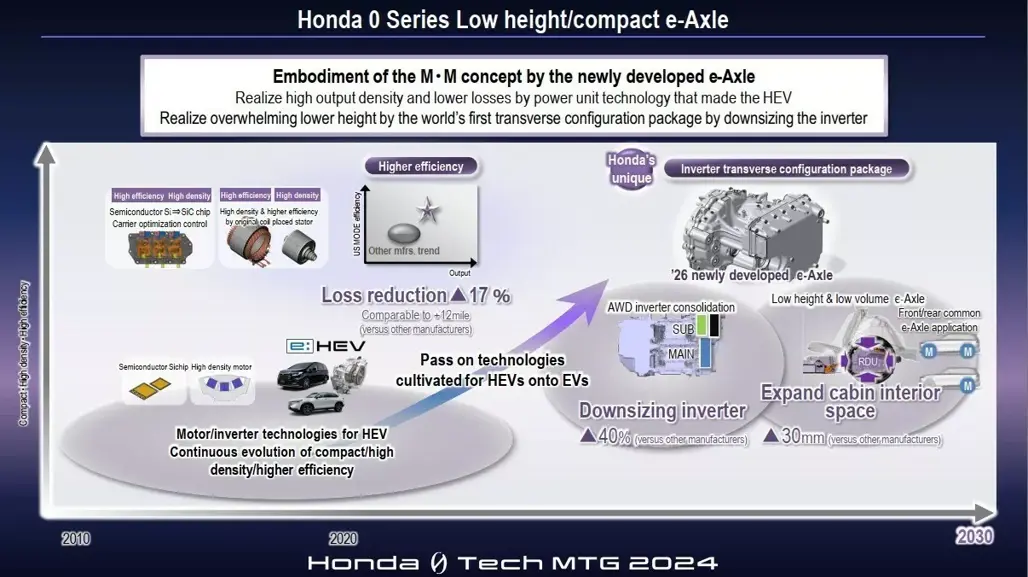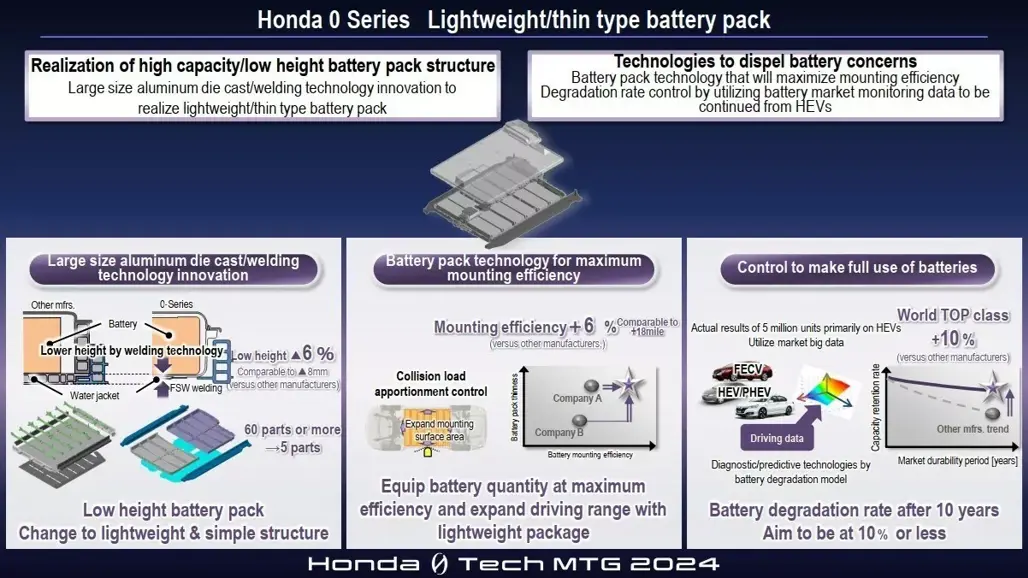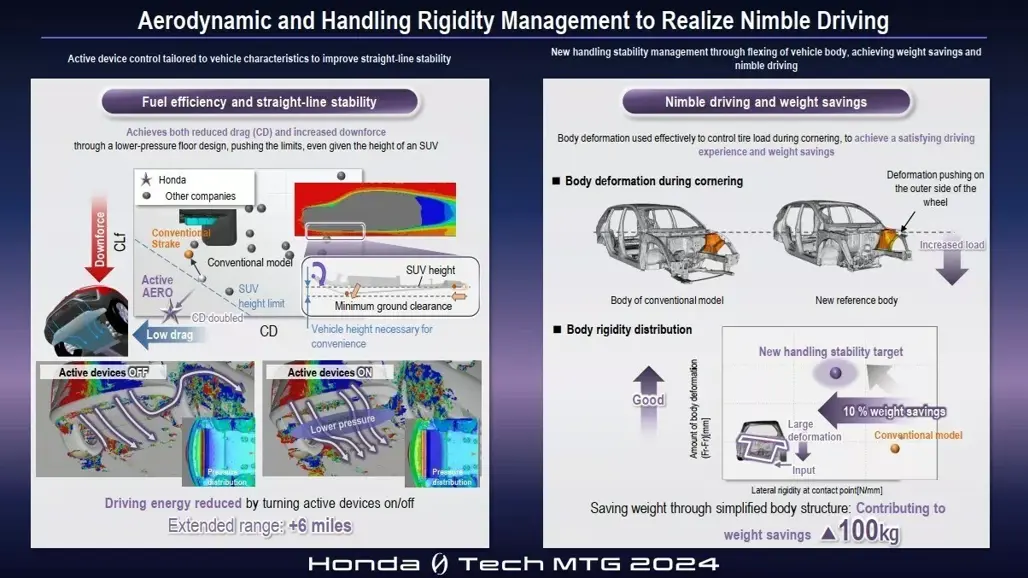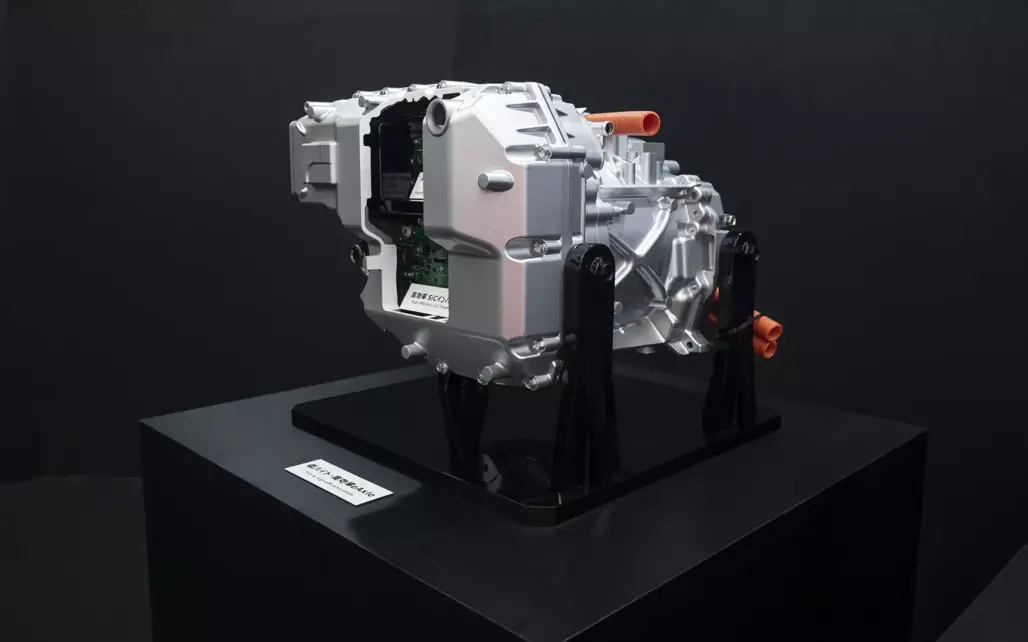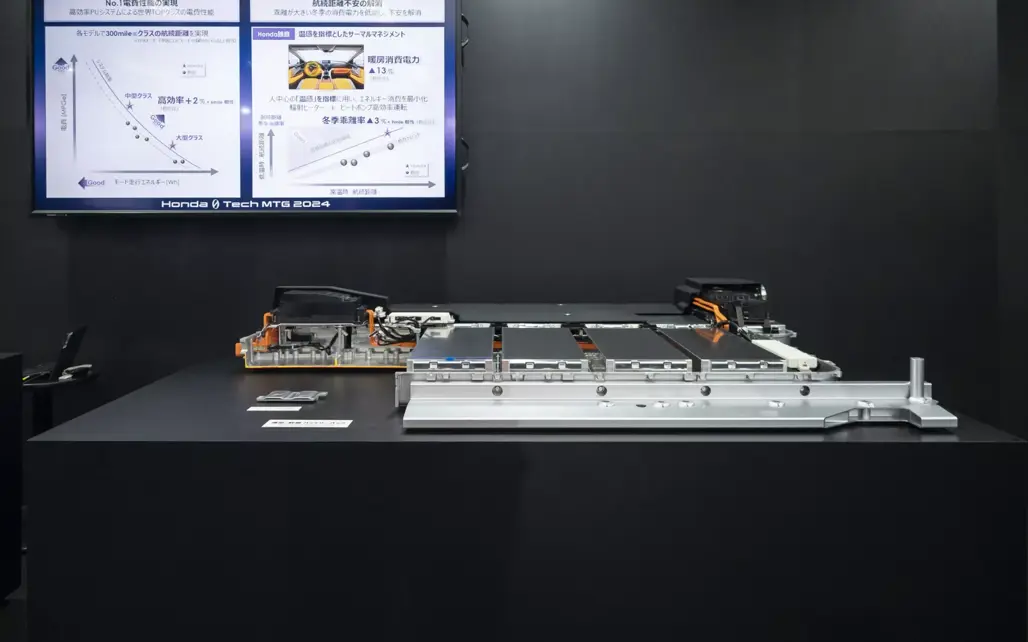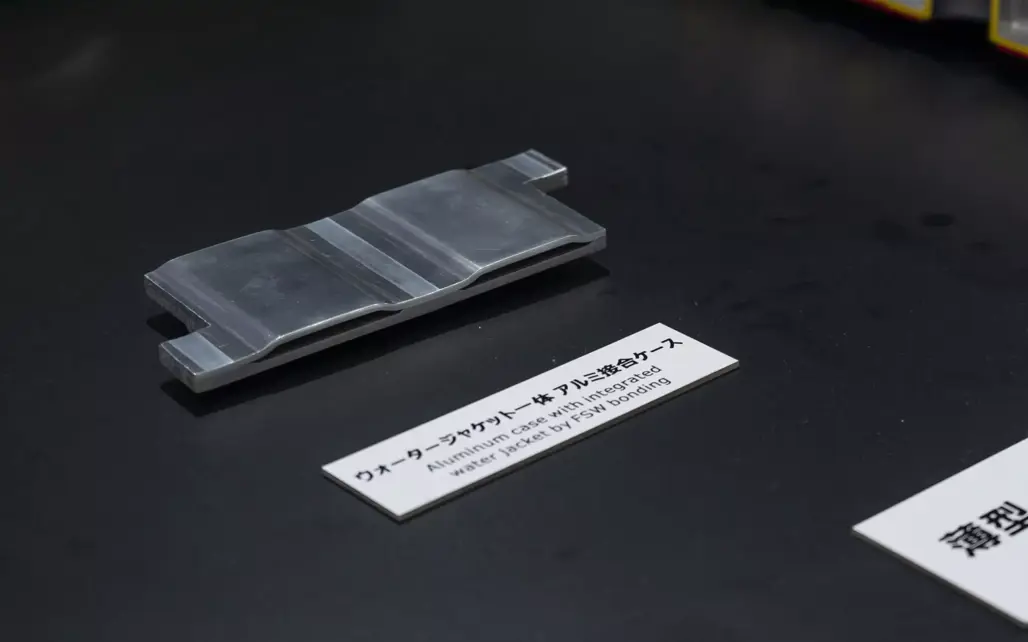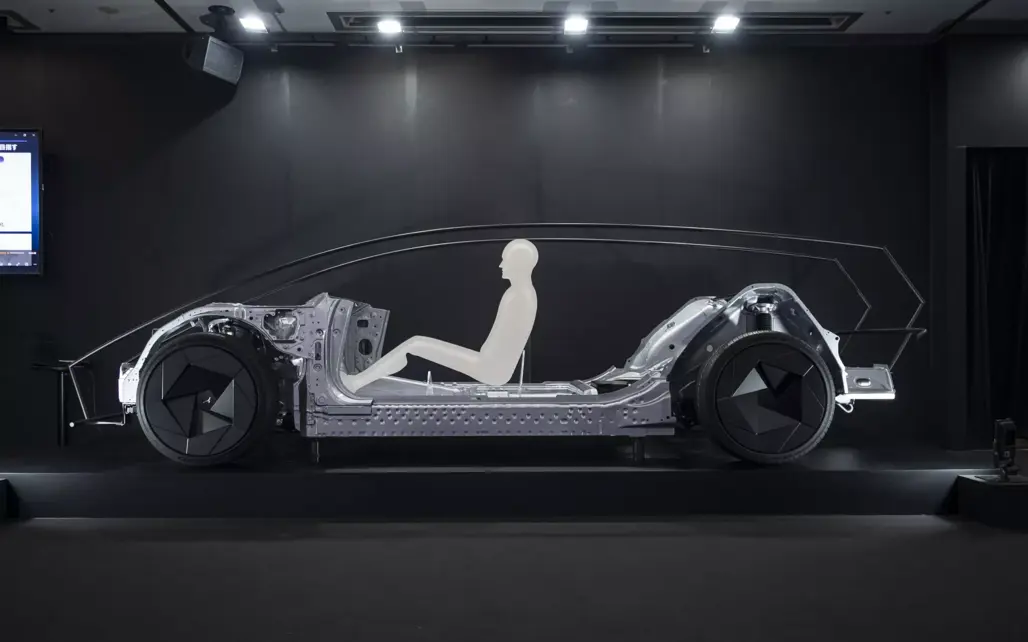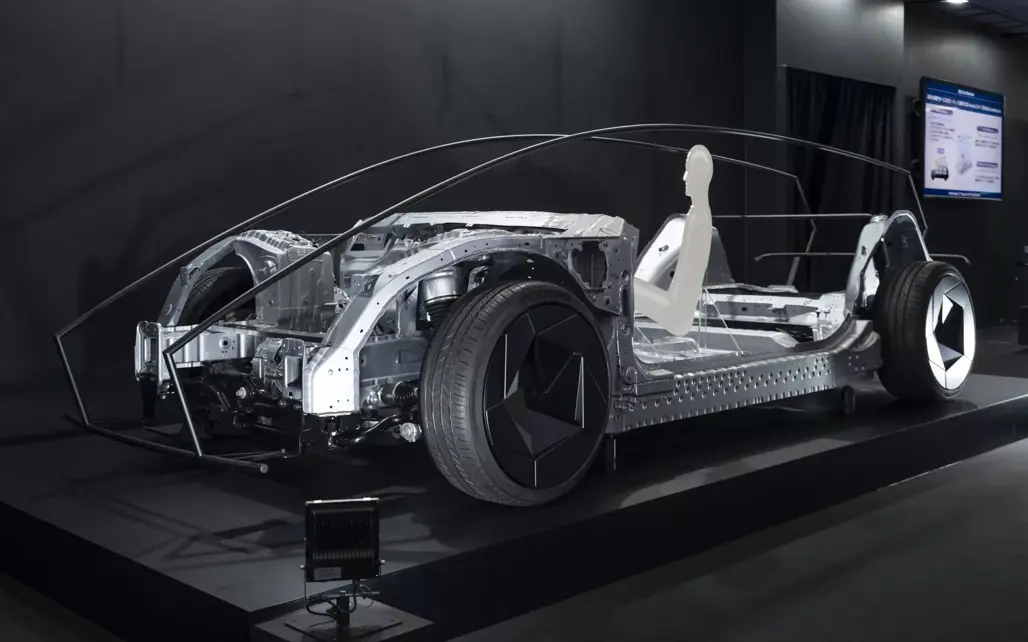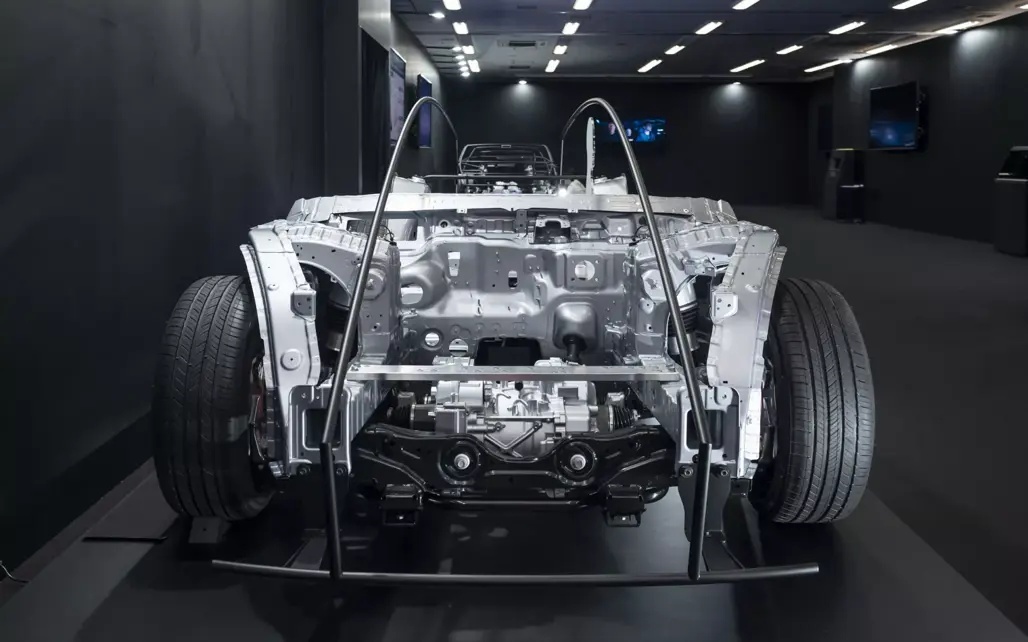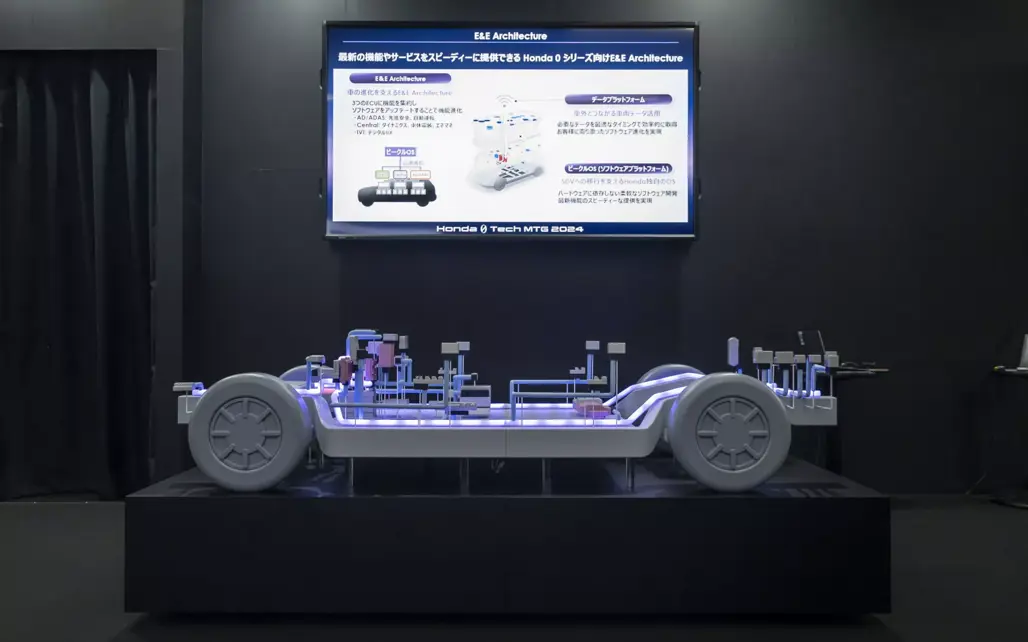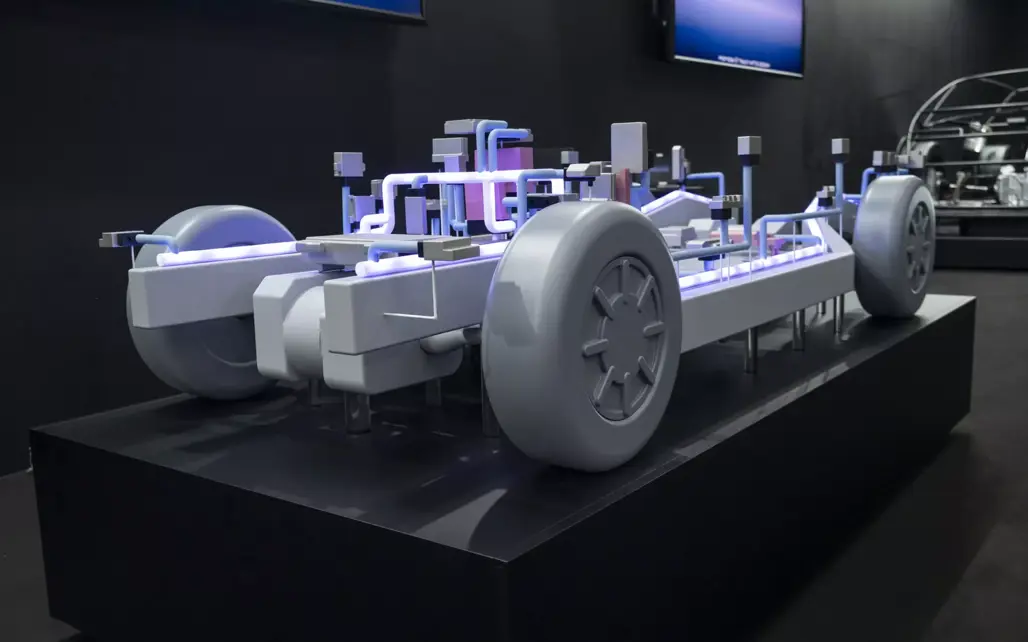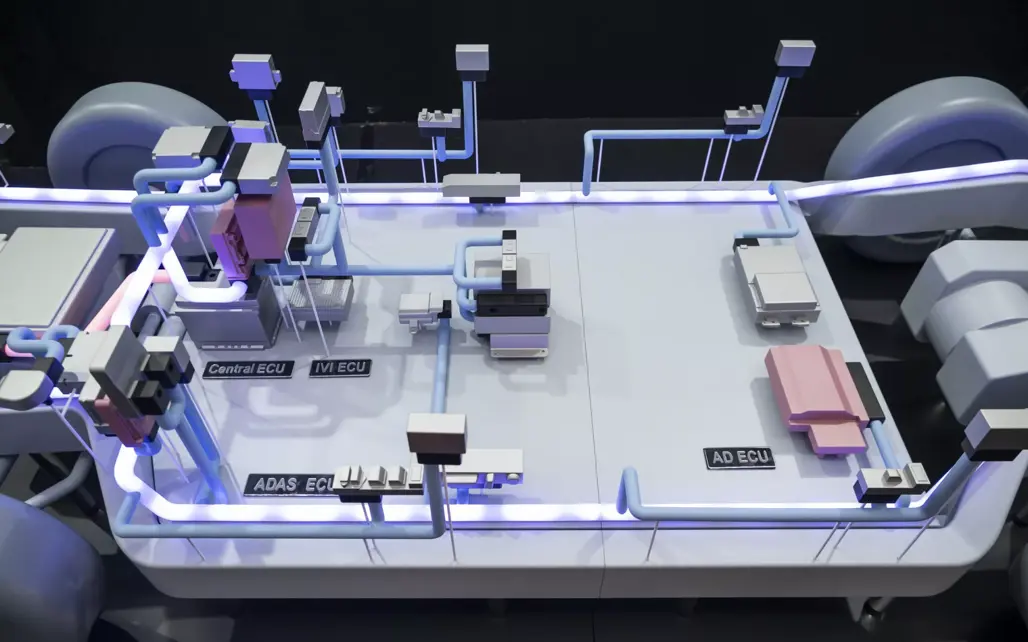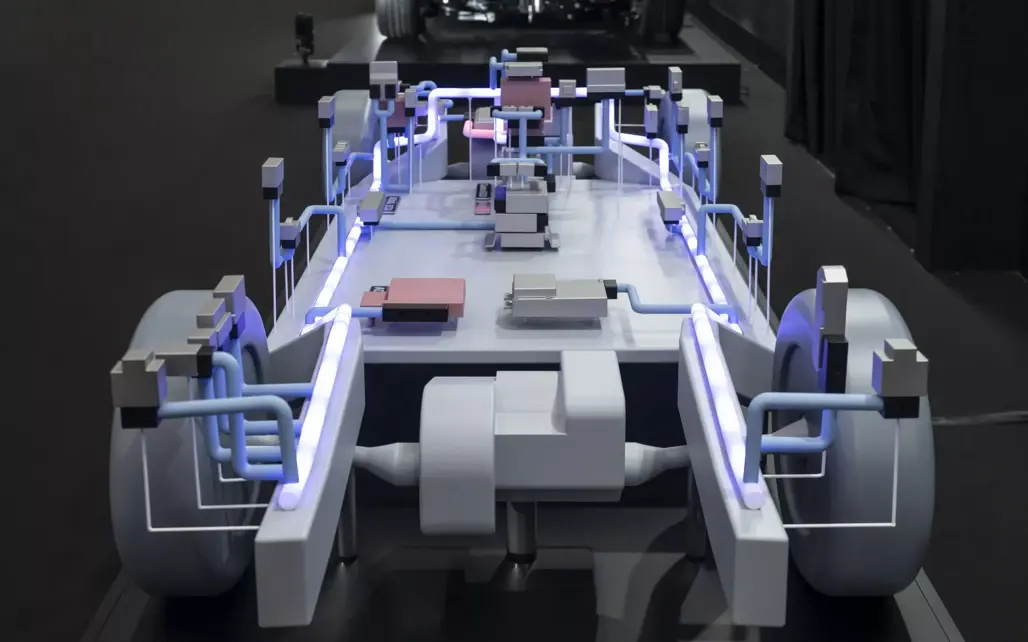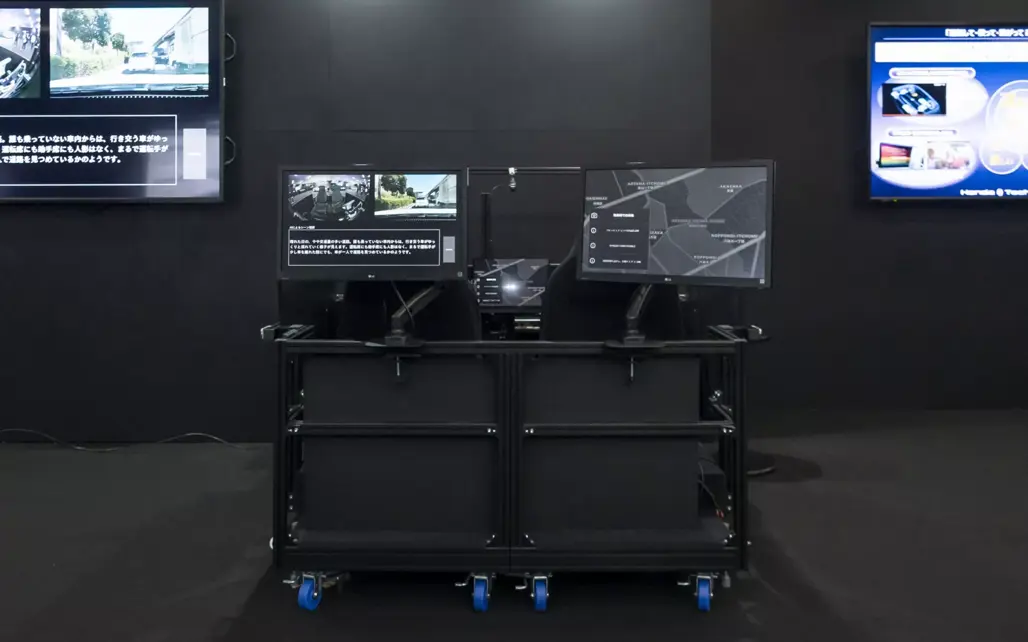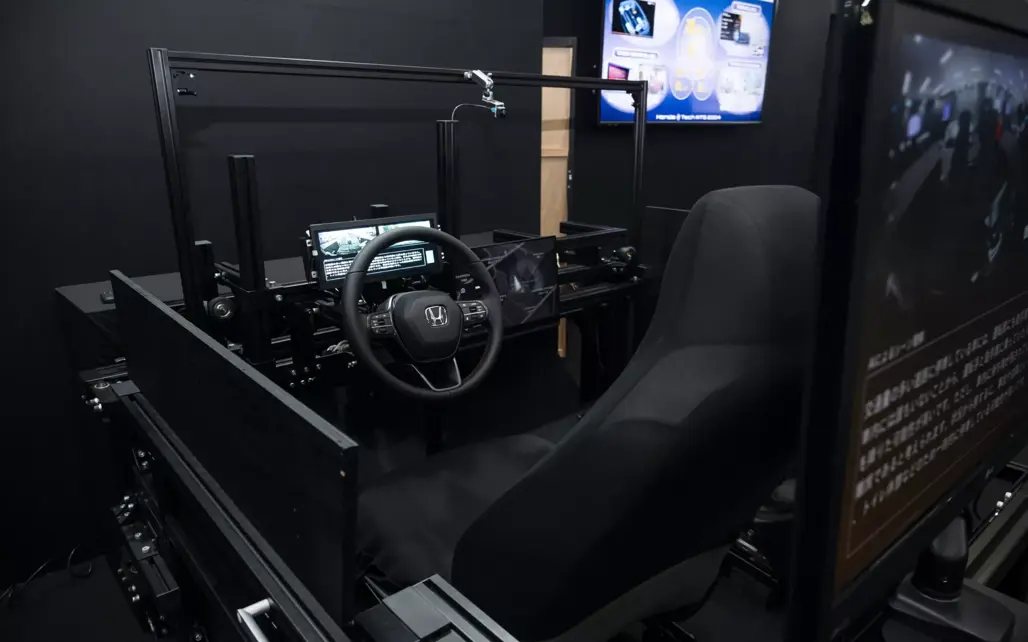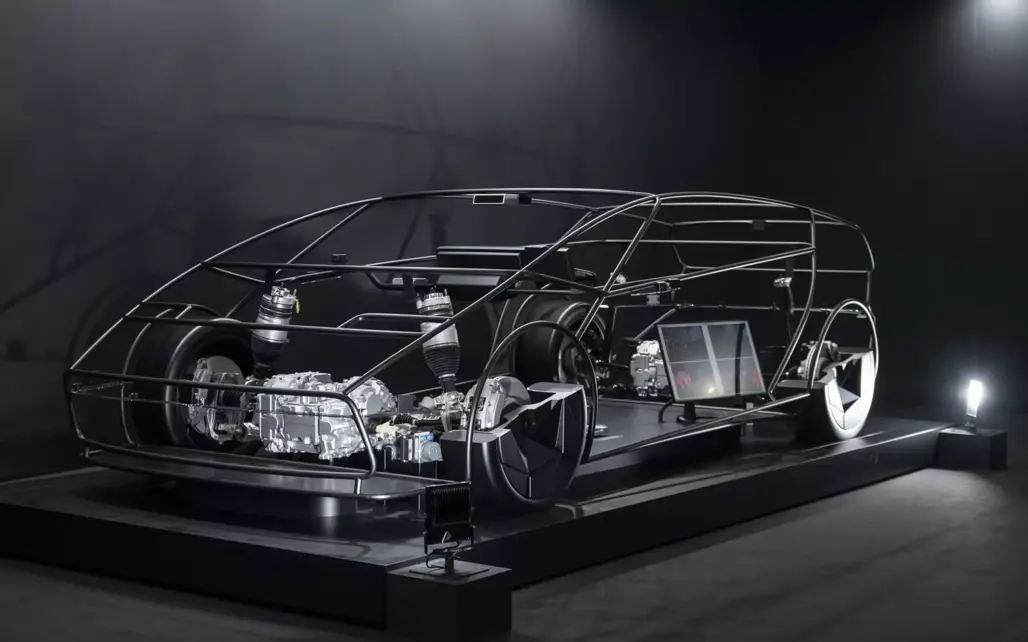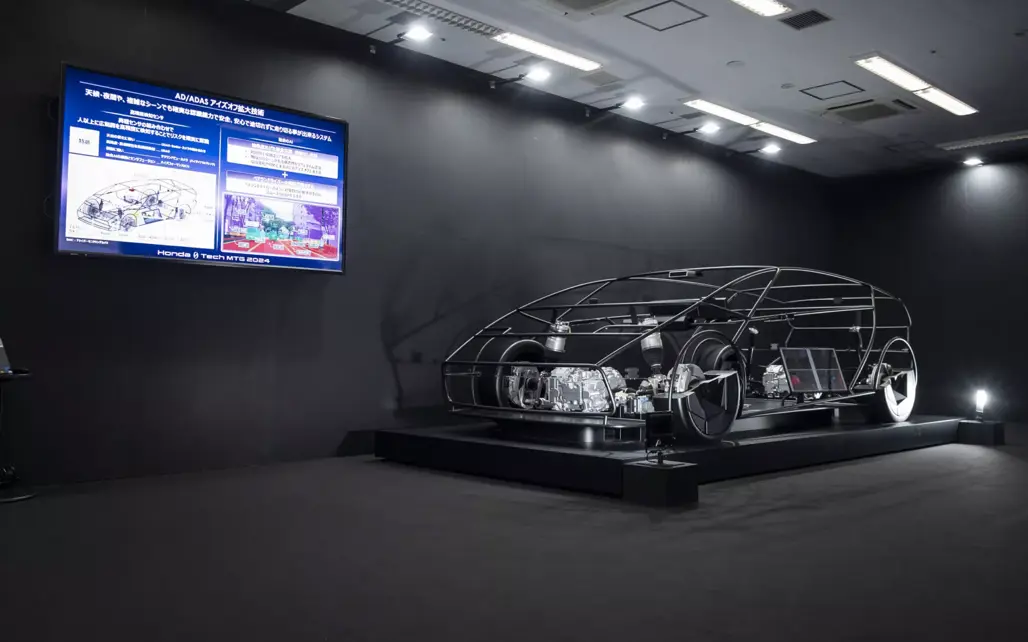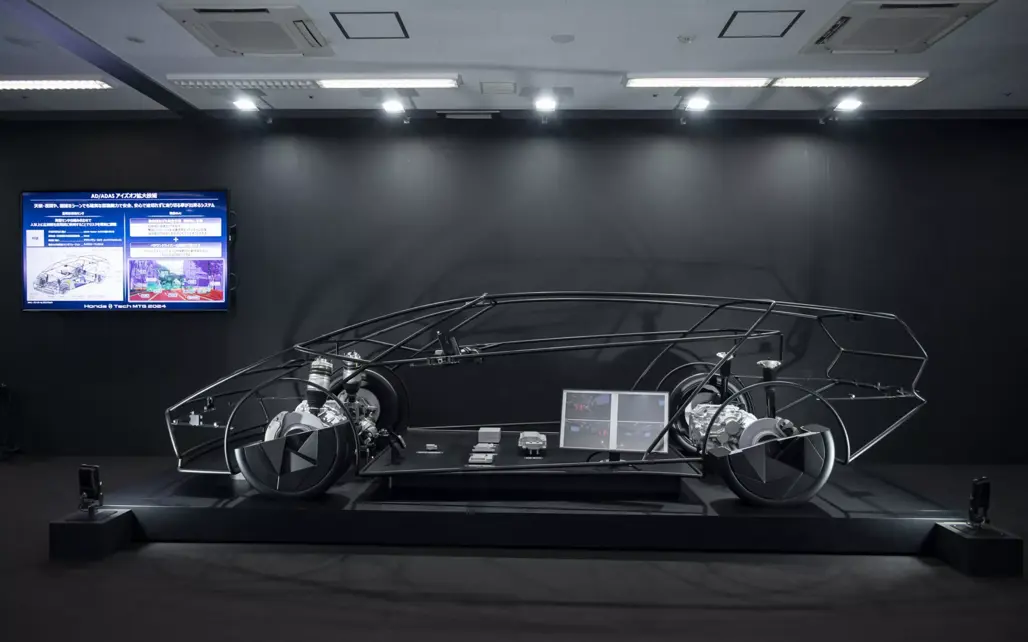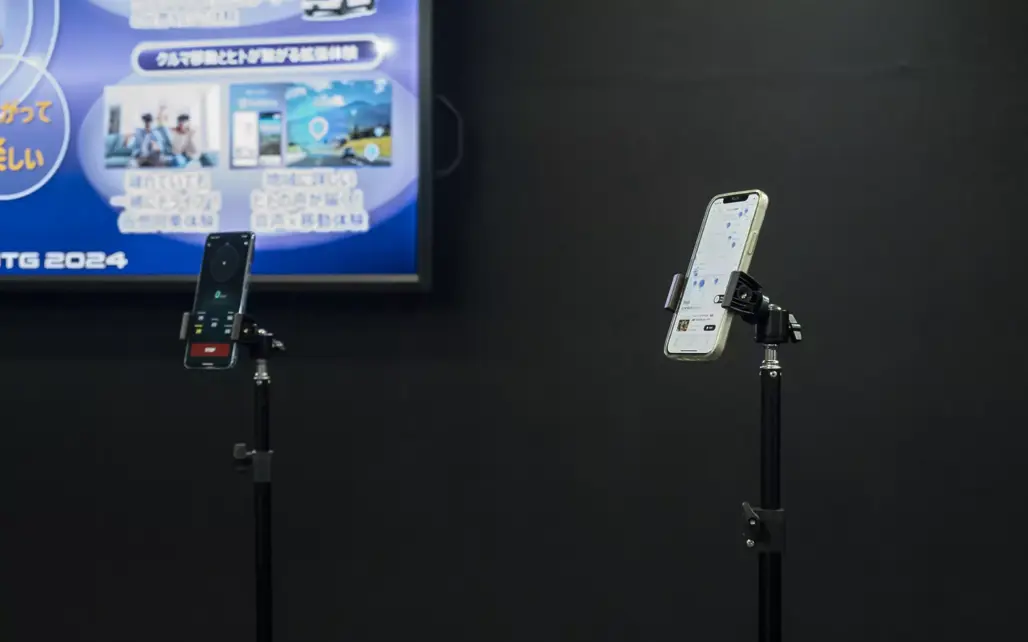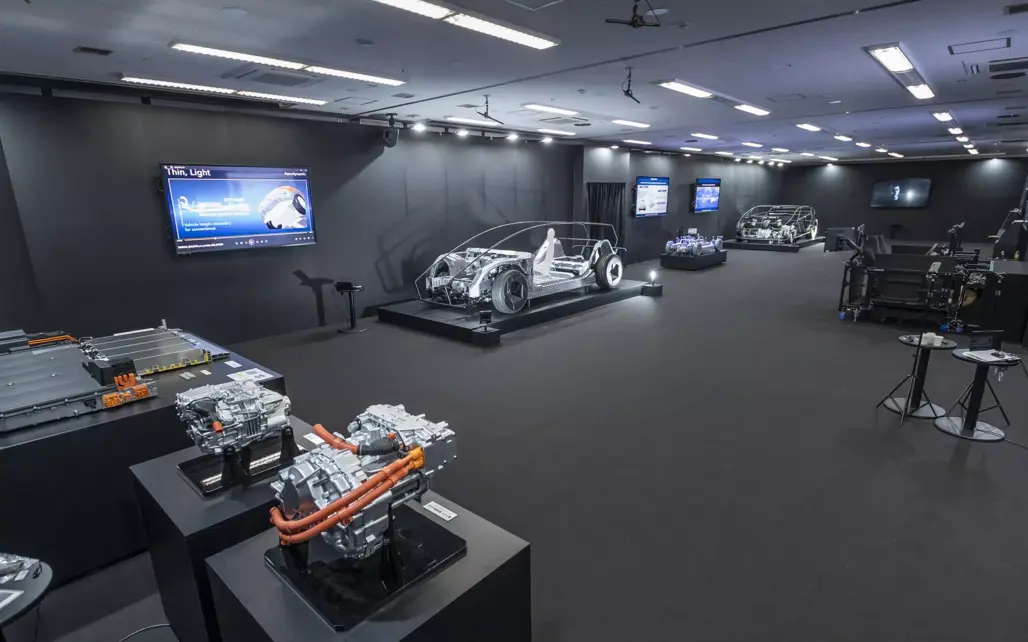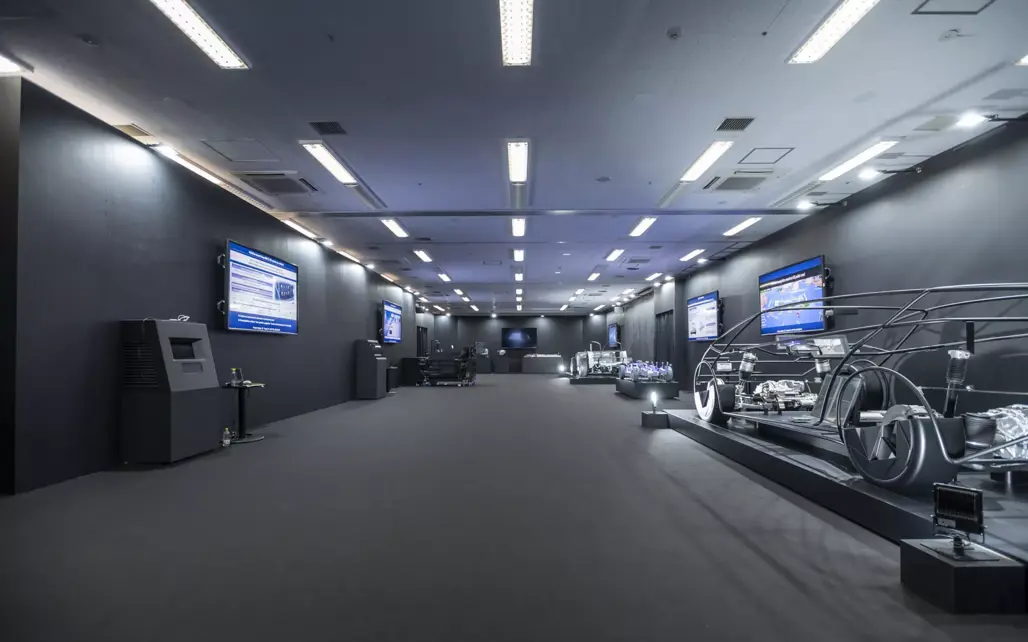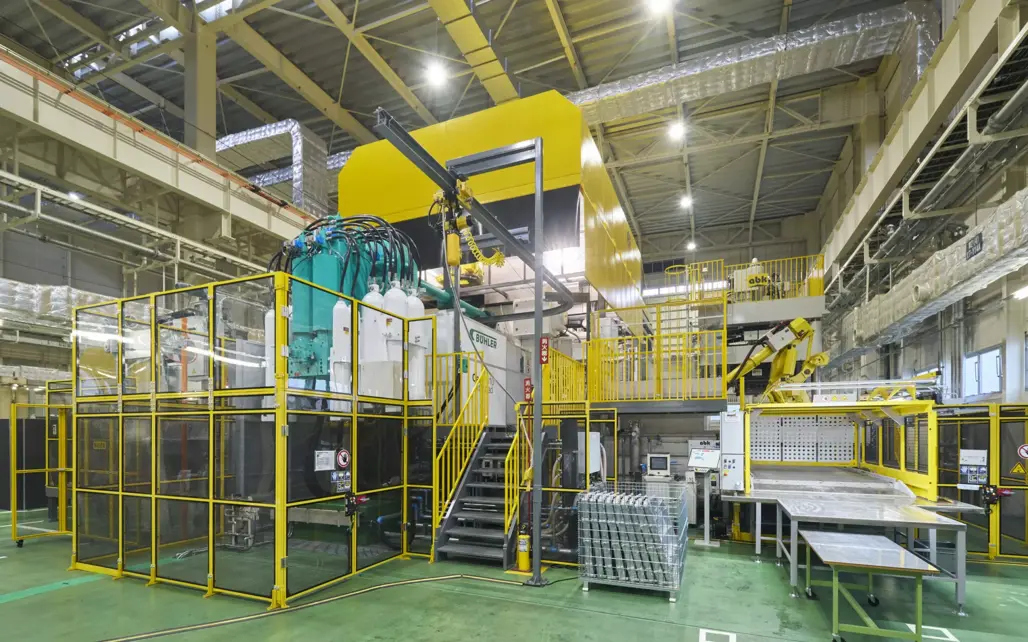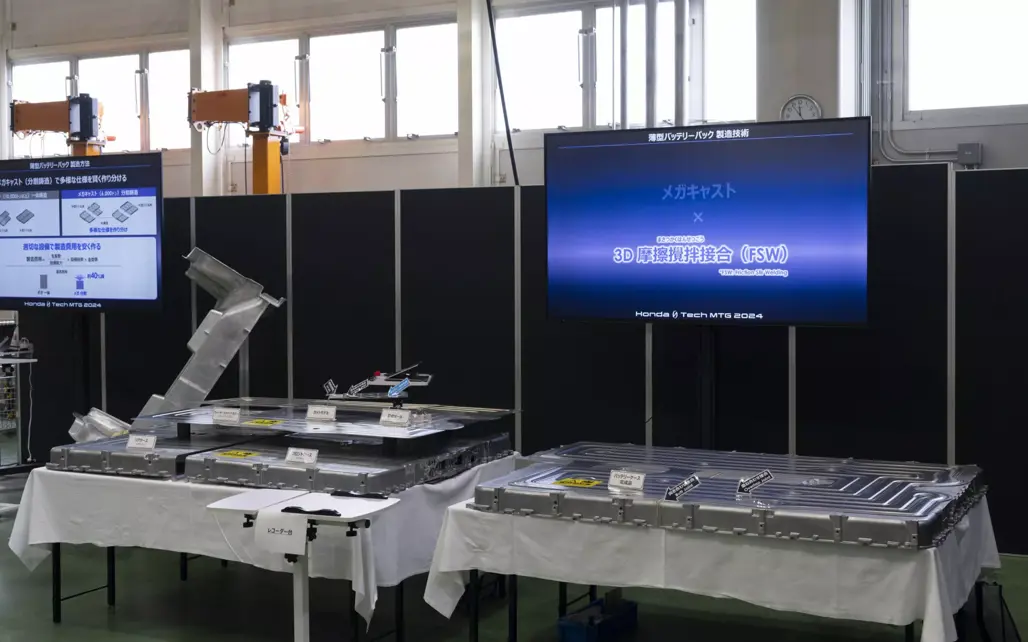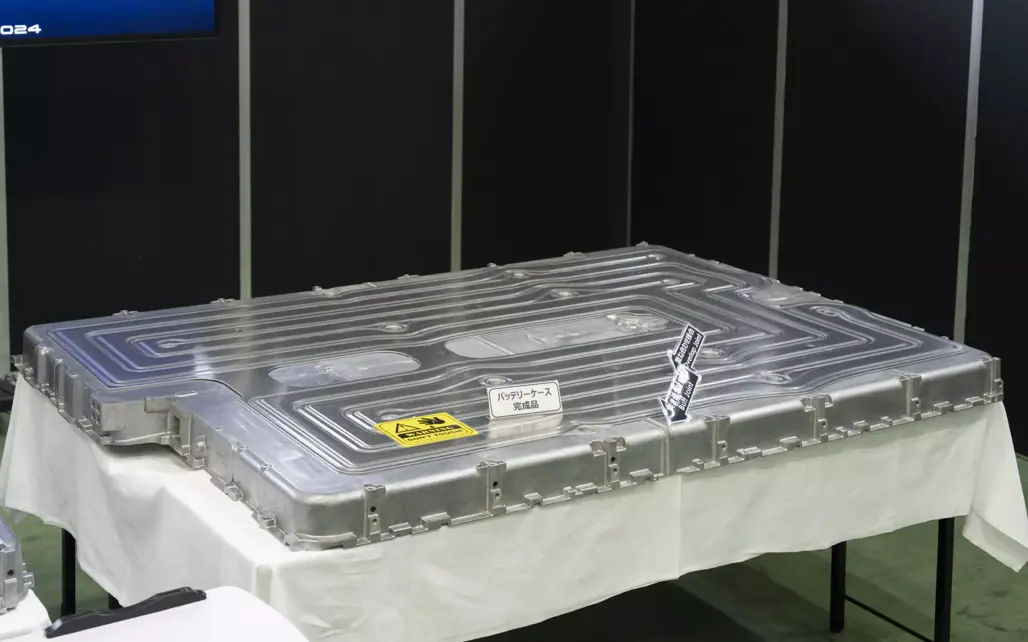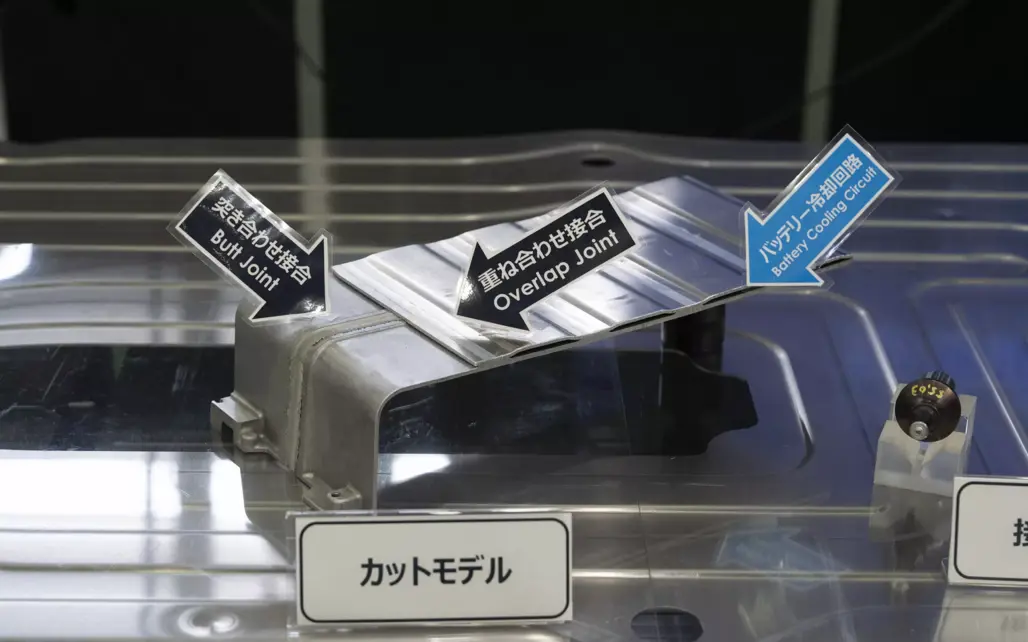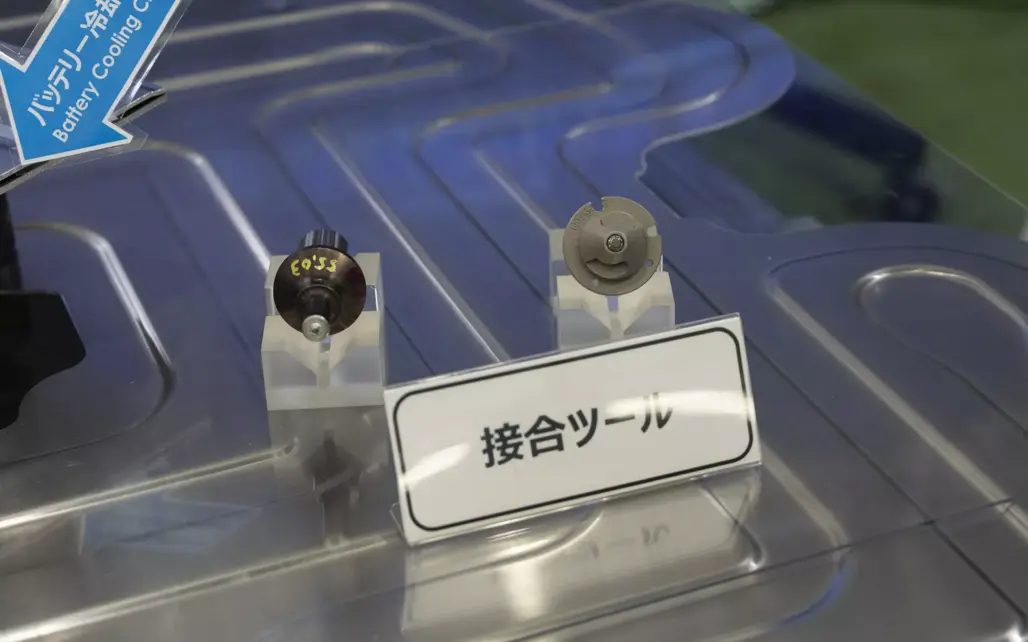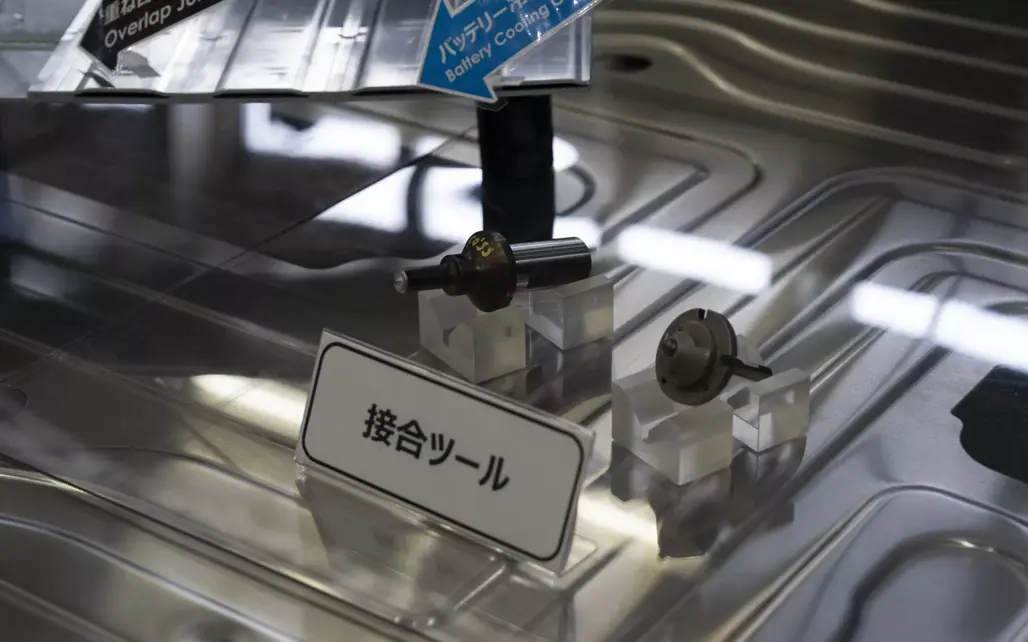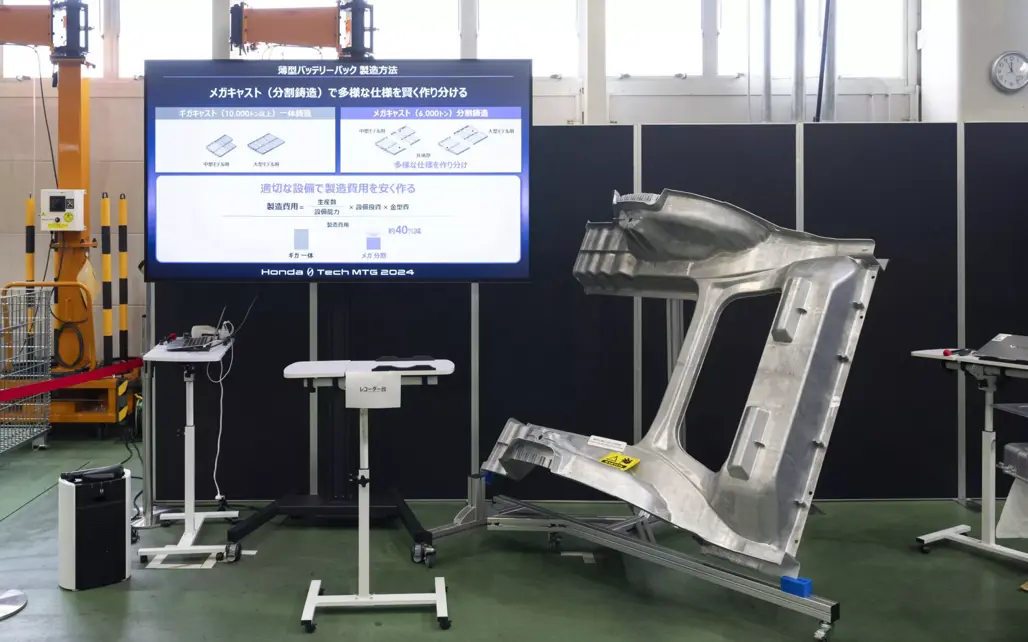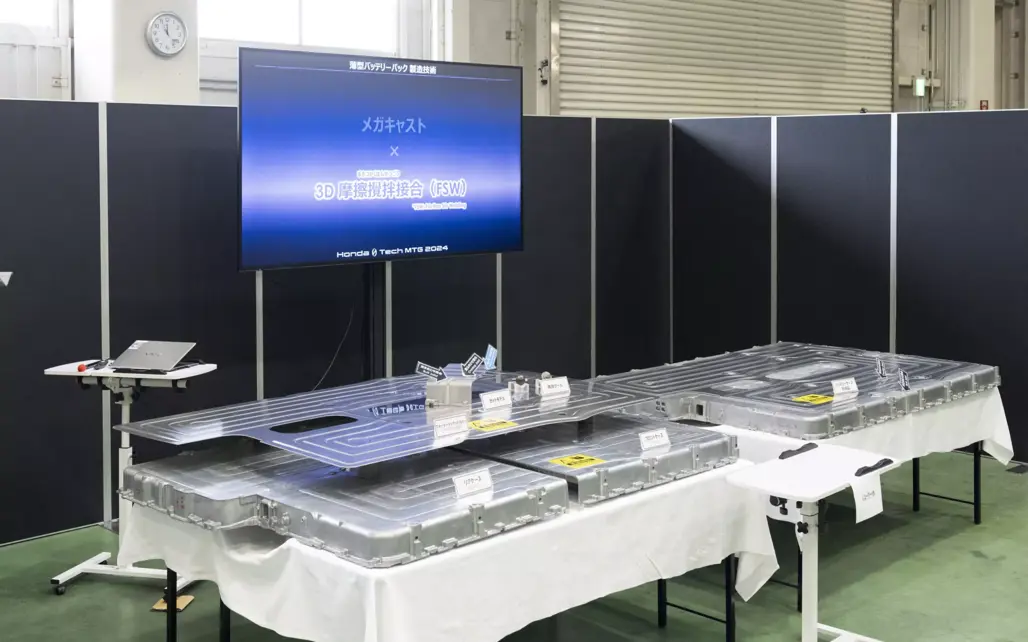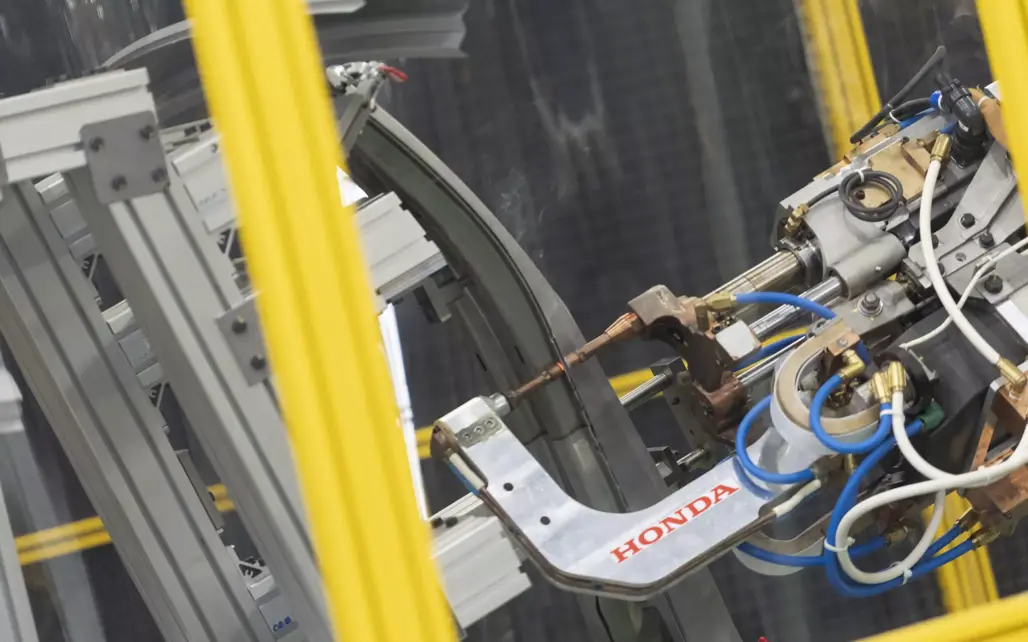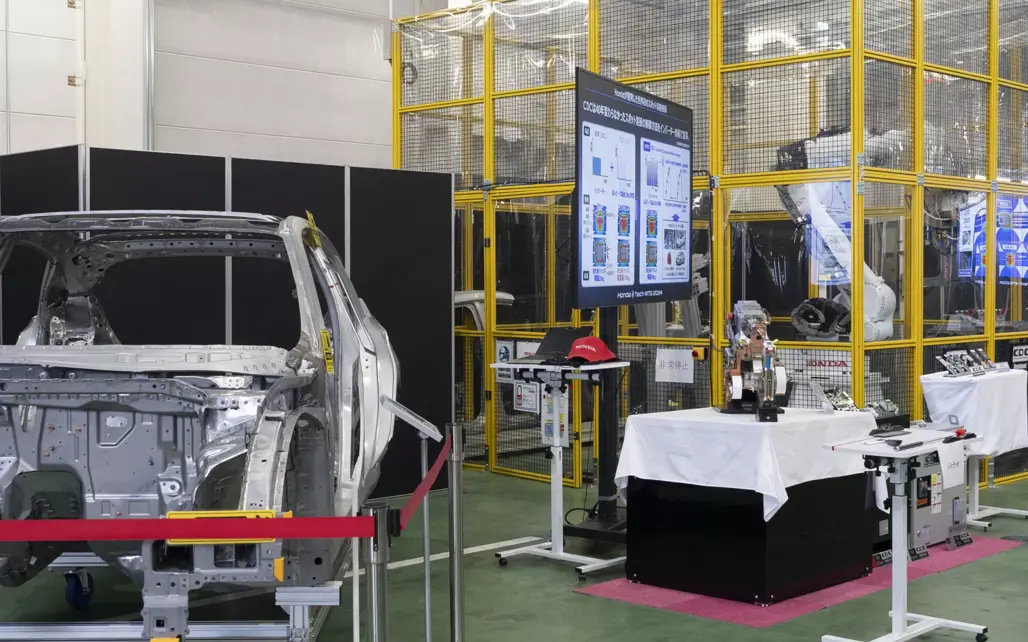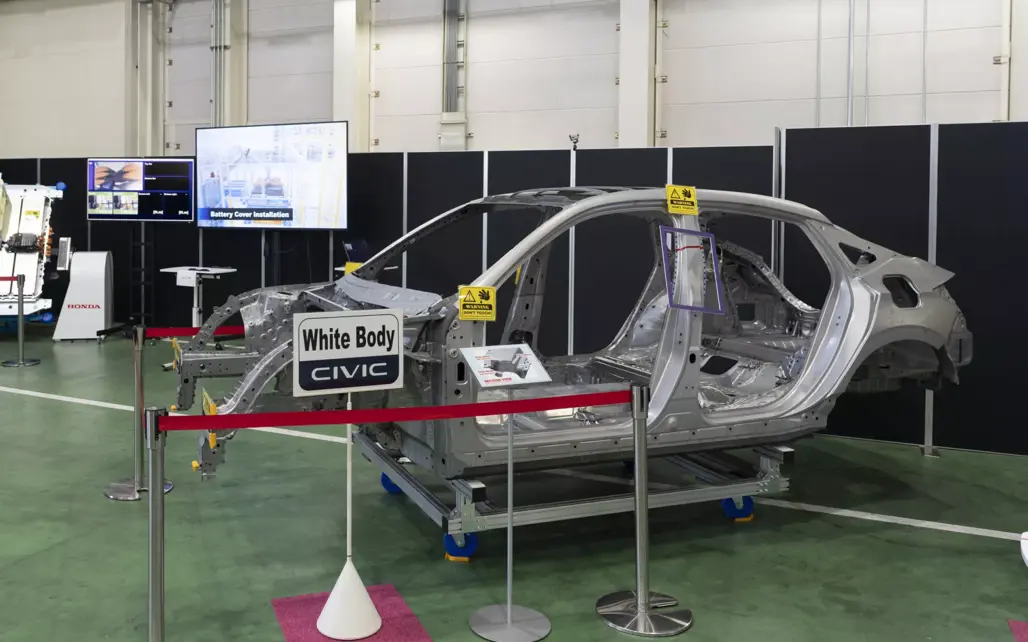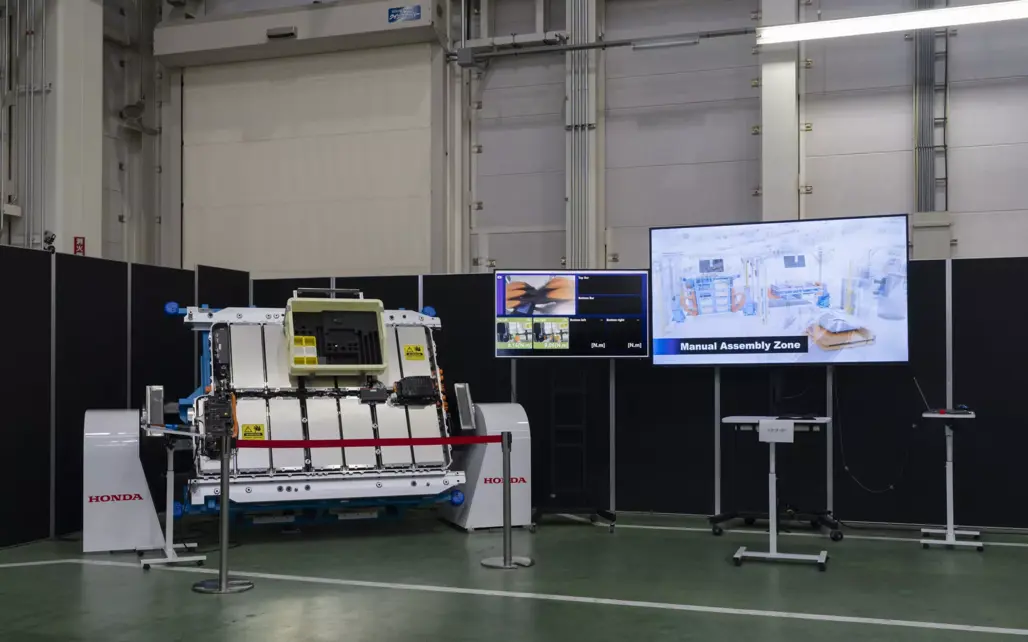When it comes to electric vehicles (EVs), Honda has often been seen as a step behind the likes of Tesla, BYD and other major industry players.
However, that perception may soon change with the Japanese automaker's ambitious 0 Series platform, which it recently showcased at the Honda 0 Tech Meeting 2024.
This new platform promises to bring innovation in design, engineering and efficiency as Honda gears up for an EV-focused future.
With the 0 Series, Honda is set to challenge the competition by developing a line of EVs that are thin, light and technologically advanced, ready to dominate with up to seven new vehicles by 2030.
Let’s dive into Honda’s plans and what they entail for the future of electric mobility.
A new approach to EV design

One of the key design philosophies for the 0 Series platform is to create a vehicle that is both "thin" and "light."
The “thin” concept is aimed at reducing vehicle height while maximising cabin space. According to Honda, this platform will enable vehicle heights below 1400mm - far lower than many current EVs, which tend to be bulkier to accommodate battery packs.
The reduction in vehicle height aims to combine aerodynamic efficiency with greater interior room, creating a sleeker, more spacious ride.

To achieve this, Honda has developed a 2.0 GPa-class hot-stamped material for the platform, which helps lower the vehicle’s overall centre of gravity while maintaining maximum cabin space. This allows for a sportier, more nimble drive, without sacrificing practicality.
The lightness aspect of the platform comes from Honda’s new e-Axle and chassis architecture, which significantly reduces weight compared to traditional EV models. The car's weight will be slashed by up to 100kg, achieved through advanced materials and a simplified battery structure.

The company’s use of a thin, high-capacity battery pack, integrated into the floor of the vehicle, will also contribute to the vehicle’s overall lightness.
This weight reduction not only improves performance but also boosts energy efficiency, which is a critical factor in extending EV range. The shorter overhangs and low hood made possible by Honda's innovative crash-mode control and compact e-Axle design will further enhance the vehicle's nimbleness.
In simple terms, the Honda 0 Series platform is aiming for a balance between sleek, modern styling and everyday usability - features that have often been elusive in the current EV market.

At the heart of Honda's EV platform lies the newly developed e-Axle, which promises to push the boundaries of current EV technology.
This compact electric powertrain boasts high efficiency and low height, thanks to innovations in inverter technology. Honda has managed to reduce the size of its inverters by 40%, which not only saves space but also improves overall system efficiency.
The e-Axle design contributes to better weight distribution and increased cabin space, which is essential for creating a more comfortable and spacious interior.

Additionally, Honda has achieved a 17% reduction in energy loss in the drivetrain, which translates to a significant improvement in driving range. The 0 Series will likely be able to squeeze out those extra kilometres compared to rivals, potentially giving it a competitive edge.
The e-Axle also incorporates cutting-edge motor and semiconductor technologies, drawing from Honda's extensive experience with hybrid powertrains.
By leveraging the company’s hybrid expertise, Honda aims to make its EVs more efficient while keeping manufacturing costs down. These technological advancements are expected to give the 0 Series platform one of the most compact and high-efficiency powertrains on the market by 2026.
Honda's edge

Honda’s 0 Series will also feature aerodynamic innovations to extend the driving range. The use of active aerodynamic devices will allow the vehicle to reduce drag while simultaneously increasing downforce.
Honda’s focus on low-pressure floor designs and advanced handling stability will ensure that even tall vehicles, such as SUVs, maintain straight-line stability and shifty driving characteristics.
One of the most intriguing features is Honda’s ability to save weight by using body deformation in a controlled manner to improve handling performance.
The vehicle's body will be designed to flex under certain conditions, allowing for better control during cornering without adding excessive weight.

In terms of driving dynamics, the 0 Series will also aim to keep the driver engaged with a sporty, responsive experience.
With a combination of lightweight construction and new handling-rigidity management systems, Honda is set on delivering a drive that feels agile and responsive, even in larger vehicles.
This level of precision in handling, combined with the fuel efficiency gained from aerodynamic advancements, will make Honda’s upcoming EVs both enjoyable to drive and efficient.
Battery innovations

The Honda 0 Series platform also promises innovation in battery design.
The company is focusing on creating lightweight, thin battery packs using aluminium die-cast welding technology. By reducing the number of parts and simplifying the overall battery structure, Honda expects to improve mounting efficiency by 6%, offering a longer range with the same battery size as competitors.

What sets Honda apart is its commitment to addressing consumer concerns over battery longevity. By utilising market monitoring data from its hybrid electric vehicles (HEVs), Honda plans to reduce the degradation rate of its EV batteries.
The company is targeting a battery degradation rate of 10% or less after ten years, ensuring that its EVs maintain a long and reliable lifespan. This is particularly significant in a market where battery reliability is still a concern for many potential EV buyers.
The future is wise

Finally, Honda’s "wise" approach refers to the vehicle’s intelligence, evolving through over-the-air (OTA) updates.
The 0 Series models will be equipped with advanced operating systems capable of continuously enhancing vehicle performance and functionality over time. This means that Honda’s EVs will become smarter and more refined as they age, ensuring that they remain competitive long after their initial launch.
Honda’s 0 Series platform is a bold step into the future of EVs, combining innovation in lightweight construction, powertrain efficiency and advanced battery technology.
With the first models set to debut at CES 2025, it will be fascinating to see how these concepts translate into real-world vehicles.

